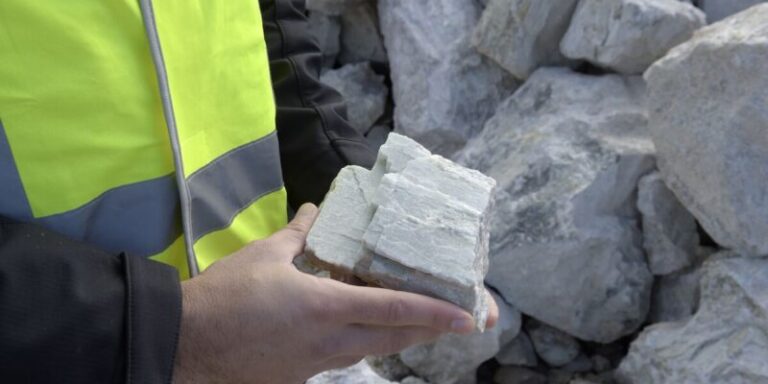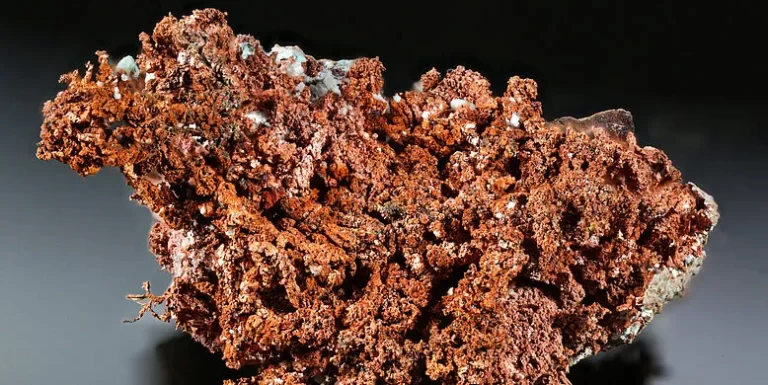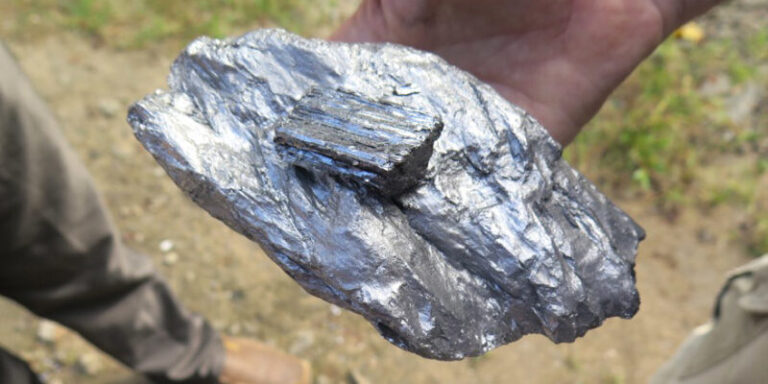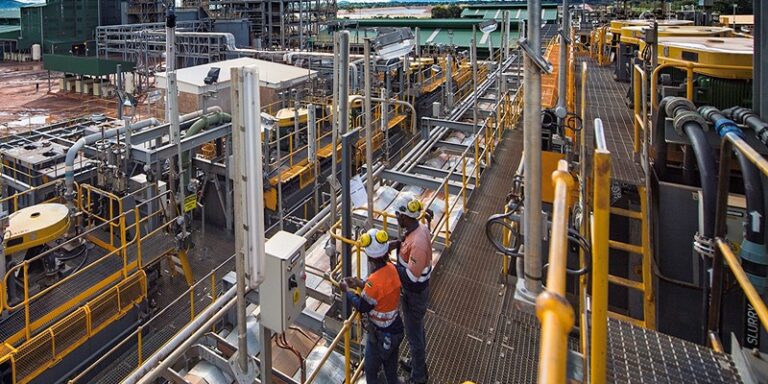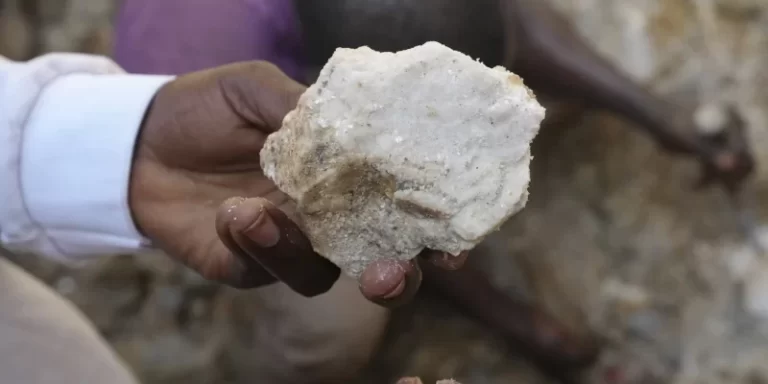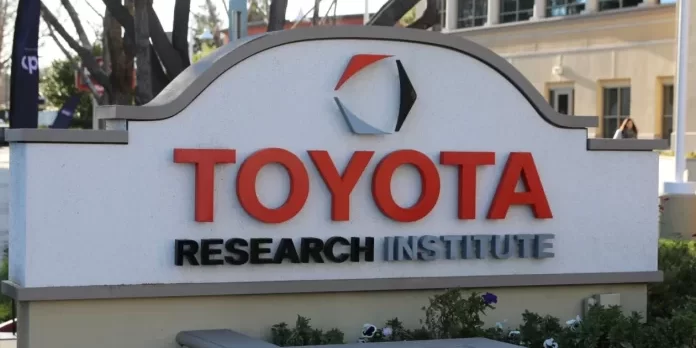
Toyota Research Institute (TRI) announces a multiyear, multimillion-dollar challenge aimed at closing the gap between recent advances in AI prediction of new materials and finding the actual “recipe” needed to make these hypothetical materials in the real world.
Researchers can presently use AI and simulation to find millions of novel materials at unprecedented rates.
While this is encouraging, a bottleneck occurs when trying to create these materials in the laboratory. Developing the recipe to create even a single new material in the lab – the act of synthesis – can take years.
“Accelerating the synthesis of computer-predicted materials could be a game changer in the development of advanced technologies such as EV batteries,” said Brian Storey, TRI’s Senior Director of Energy & Materials.
“That’s why TRI is trying something new. We are inviting the best researchers in this field to bring fresh thinking to help close the gap between the computer and the lab.”
“When we started TRI in 2016, one of our founding principles was that we would enthusiastically pursue collaboration with others and avoid the ‘not invented here’ syndrome,” said Gill Pratt, Chief Scientist for Toyota Motor Corporation and CEO of TRI.
“Our intention is to shave years off the new materials discovery process by creating a collaborative research challenge amongst academics and research partners around the world.”
The Synthesis Advanced Research Challenge will provide funding for four of the most promising ideas submitted for using artificial intelligence and simulation to synthesize new materials for the next generation of EVs and other emerging technology applications.
Submissions should ideally combine innovative approaches leveraging recent methodological advances with a compelling plan for collaboration.
The application is open to university professors and national laboratory scientists, and early-career scientists are especially encouraged to apply.
Beyond the automotive industry, advancements in materials synthesis have the potential to catalyze broader scientific discoveries and technological innovations.


